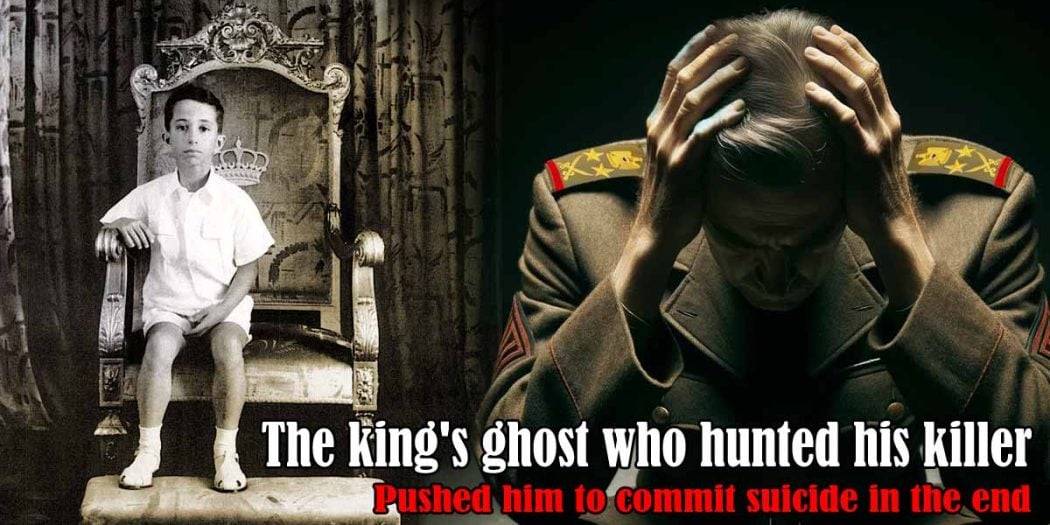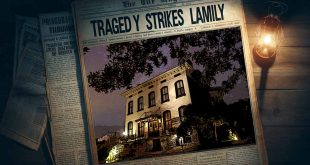By : Ayad Attar
The dawn of July (Tammuz in Iraq) 14, 1958, broke over Mesopotamia yet another scorching day in the hottest month of the year, with temperatures sometimes soaring above 50 degrees Celsius. It is worth noting that Tammuz, the ancient Sumerian god, met his demise in the very month named after him, descending to the netherworld, Irkala, to dwell in darkness among the dead for half a year. With his departure, the women of Sumeria and Babylonia lamented, and a period of mourning enveloped the cities of the Fertile Crescent. Thus, July has long been a time of sorrow, marked by the wails of women draped in black, a sentiment that persisted even after the ancient deities faded into myth and their temples crumbled, giving way to mosques, synagogues, and churches.
On that fateful morning, as the city of Baghdad lay in peace along the banks of the Tigris, its residents slept on their rooftops, seeking respite from the heat as was their tradition. The silence was pierced only by the cooing of doves, and the whisper of breezes through the palm fronds dotting here and there in the city. Suddenly, without any forewarning, the skies erupted with the staccato of gunfire and the ground trembled under the roar of artillery. The city’s inhabitants, jolted from their sleep, craned their necks from their rooftop walls in search of the commotion’s source. Billows of smoke rose into the sky from a place all too familiar to the capital’s dwellers: Al-Rehab Palace, the residence of the Iraqi royal family.
The turmoil that engulfed Baghdad that day was the result of a coup orchestrated by a faction of army officers. The 20th Brigade of the Iraqi Army, under the leadership of Colonel Abdul Salam Arif, had been ordered to move from its base in Diyala Governorate in Eastern Iraq towards Jordan in the west. Ordinarily, such a maneuver would require the forces to traverse Baghdad, and it was this route that the coup plotters exploited to their advantage. Instead of continuing towards Jordan, the army veered off course, launching an assault on Baghdad and toppling the monarchy.
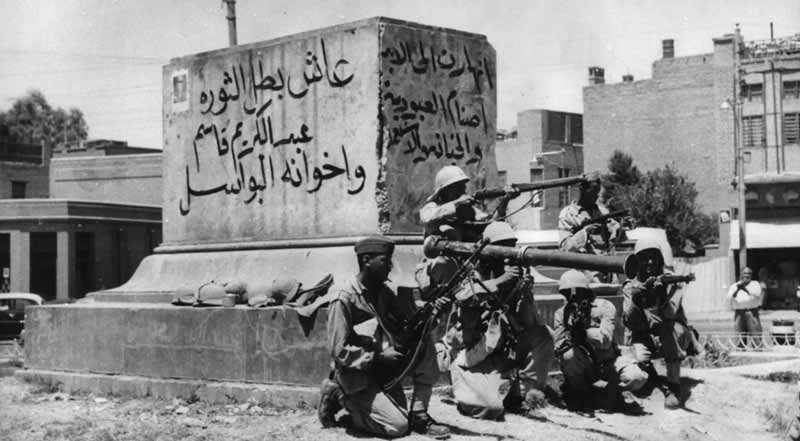
Captain Abdul Sattar Al-Aboussi, an infantry trainer stationed at the Washash camp on the outskirts of Baghdad, witnessed the uprising unfold. Black smoke billowed above the royal palace, an ominous signal to the city’s inhabitants. Al-Aboussi, not privy to the plans of the coup’s orchestrators, nonetheless felt a surge of excitement. His dissatisfaction with the royal regime, and particularly his disdain for the regent Abd al-Ilah, was no secret. Rumors circulated that Al-Aboussi’s brother had died under mysterious circumstances in the USA, a tragedy he believed the regent had a hand in. However, this narrative might be speculative; in reality, Abd al-Ilah was generally unpopular among the populace.
Faisal II was merely a child when his father, King Ghazi, met his untimely death in a car accident shrouded in mystery in 1939. Consequently, his uncle, Prince Abd al-Ilah, assumed the regency until Faisal came of age. The regency period was marked by political turmoil and unrest, fueling intense animosity towards the regent among certain segments of the Iraqi population.
Furthermore, those acquainted with Captain Abdul Sattar Al-Aboussi described him as a man prone to nervousness, recklessness, and a penchant for tyranny and prominence. Upon hearing of the coup, he acted of his own accord, leading a group of soldiers to the besieged Al-Rehab Palace, where sporadic clashes were occurring between the coup forces and the royal guard.
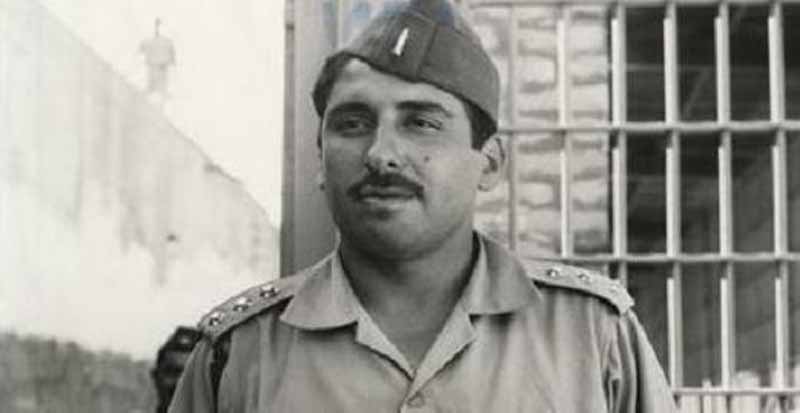
Upon arrival, Al-Aboussi threw himself into the fray, fervently urging the soldiers to fire upon the palace, advocating for aggression over negotiation. He brought a ground cannon and launched four shells at the palace, demoralizing the guards—particularly as it was rumored that King Faisal II had refused to allow resistance, opting instead to surrender to avoid bloodshed. This led to some of the guards capitulating and negotiations commencing over the royal family’s surrender in exchange for the assurance of their safety. Covenants were given to spare the life of royal family if they surrender.
Emerging amidst dust and smoke were King Faisal II, Prince Abd al-Ilah, Queen Nafisa, and Princesses Abdia, Hiyam, and Badiaa, along with a Turkish cook, an old maid, and a member of the royal guard. They were defenseless, with Queen Nafisa holding up the Quran.
This sight stunned the soldiers encircling the palace; no one had anticipated the Iraqi throne collapsing so swiftly. It was a moment of disbelief as they beheld their young king, to whom they had pledged allegiance upon his military academy graduation, emerging with his family, unsteadily navigating the palace gardens to surrender.
Historical accounts vary regarding the intentions of the coup plotters toward the royal family. Some claim that the initial plan was to arrest Abd al-Ilah and exile King Faisal II abroad. However, other narratives suggest a premeditated plan to eliminate the king, driven by fears of his potential restoration to the throne with British and regional support. Regardless of the underlying truth, the events that transpired align more with the latter scenario.
In the garden of his palace, a betrayal unfolded. Without warning, Captain Abdul Sattar Al-Aboussi stepped forward, unleashing a barrage of gunfire from his machine gun upon the royal entourage. Allegedly, he cried out: “Do not let these people deceive you,” as he fired. King Faisal II fell, bathed in his own blood, surrounded by the slain bodies of princes and princesses. Reportedly, as the king lay dying, tears streamed down his face. He had been on the brink of matrimony, scheduled to fly out that morning to meet his fiancée, Princess Fadela, a descendant of the Egyptian Khedive family on her father’s side and the granddaughter of Sultan Abdul Majeed II on her mother’s side. Faisal’s profound love for her was well-known, and she had been awaiting his arrival at Istanbul airport, accompanied by her family and Turkish President Adnan Menderes. But fate had other plans, and King Faisal II, only 23 years old, met his untimely demise.
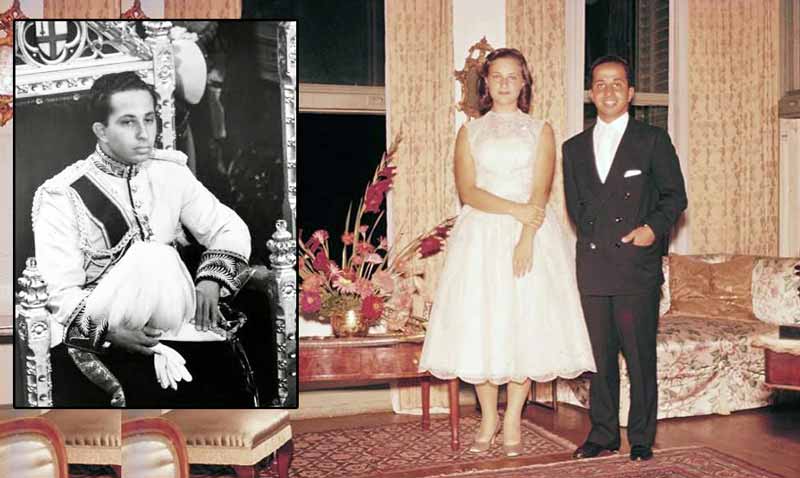
The aftermath of King Faisal’s shooting is shrouded in varying accounts. Some reports suggest that Faisal was left to bleed and struggle for life in the palace gardens for hours, unaided until his demise. Another narrative states that he was transported to a hospital for treatment, only to be fatally shot by one of the coup leaders in the lobby. A third version claims his death was instantaneous following Al-Aboussi’s shooting. Regardless of the specifics, the tragic outcome was the same: King Faisal was dead. His remains were interred beside his father and grandfather in the royal cemetery, a fate arguably more fortunate than that of his uncle, Regent Abd al-Ilah.
Abd al-Ilah’s body was subjected to brutal indignities. Tied to a car, his corpse was dragged through Baghdad’s streets, followed by a mob pelting it with stones. Similarly, Nuri al-Said Pasha, Iraq’s longstanding Prime Minister, faced a gruesome end. His body was mutilated, dismembered, and hung in Al-Rashid Street, where crowds stoned and jeered at it. In a macabre gesture, his severed finger, preserved in alcohol, was flown to Cairo, ostensibly as a “gift” for Gamal Abdel Nasser. Despite Nasser’s stark opposition to the Iraqi monarchy, he reportedly recoiled in disgust at the sight.
The coup’s first morning also saw the deaths of several Iraqis and foreigners, including Jordan’s Prime Minister, Ibrahim Hashem. Which was In Iraq for discussions on the Hashemite Union, Hashem was arrested by the coup forces. En route to the Ministry of Defense, he fell victim to mob violence, his body savagely torn apart to the extent that it was never recovered.
Graphic images of these violent events are accessible on Google, but their sheer brutality makes them an unsettling sight not recommended for the faint-hearted.
Screams from the Other World: The Haunting of Al-Aboussi
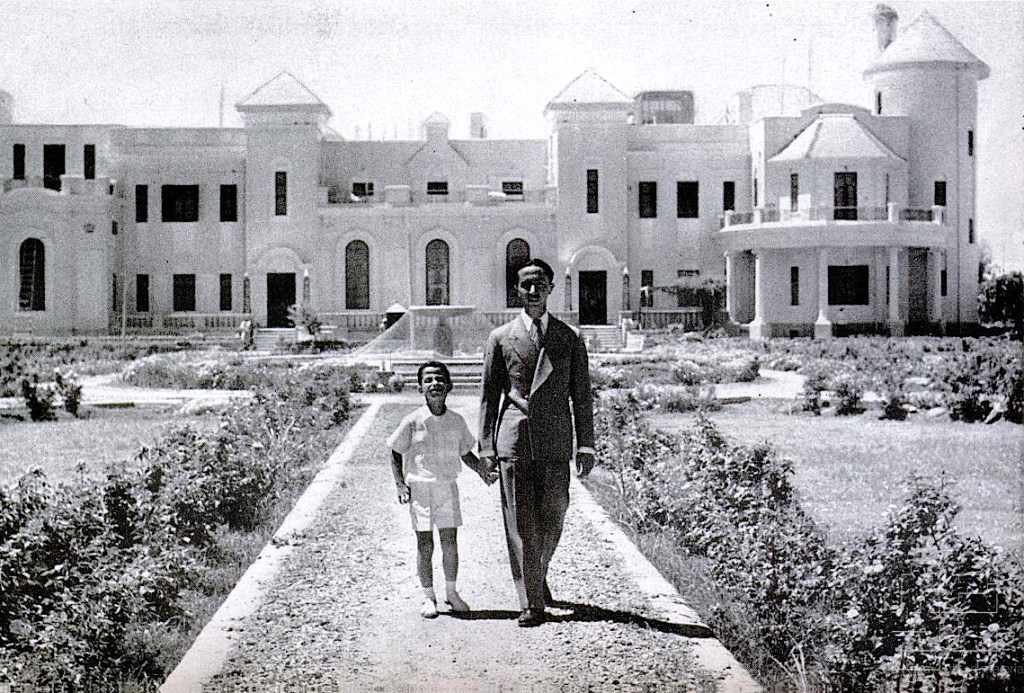
Surprisingly, Al-Aboussi was never brought to trial, perhaps aligning with theories suggesting that some coup leaders favored the elimination of the royal family. Had they disapproved of Al-Aboussi’s actions, a formality of an inquiry, even a superficial one without real consequences, might have been expected. However, the opposite occurred: he was promoted and ascended the ranks to become a staff colonel and commander of the Iraqi Naval Force. Despite his elevated status and privileges, Al-Aboussi’s life was far from tranquil, haunted persistently by the king’s blood.
Let’s delve into the tormented mind of Al-Aboussi through the words of his close friend, Paratrooper Colonel Adnan Muhammad Nouri:
“I frequently observed Al-Aboussi in a state of deep worry and contemplation. When I once inquired about his distress, he looked at me with a somber gaze and confessed, ‘Do you know, Adnan, since I killed the king, sleep has eluded me. He visits me in my dreams, clad in white, questioning, ‘Why did you kill me? Did I wrong you in any way? Why have you robbed me of life’s joys in my youth?’ This nightmare haunts me every night. I yearn for death to escape this torment.’”
Two years later, the friends reunited. By then, Al-Aboussi had become a lecturer at the military college. When Colonel Adnan inquired about his wellbeing and the nightmares, Al-Aboussi revealed they had intensified. “Now, Regent Abd al-Ilah also appears in my dreams. Sometimes, women I don’t know accuse me, saying, ‘You live while our spirits pursue you until our paths cross again.’ I often wonder when I’ll encounter them… Adnan, do you believe I will meet them in the afterlife?”
It’s rumored that Al-Aboussi sought psychiatric treatment during his tenure as a military attaché in Russia. Despite consulting numerous doctors and trying various medications, his anguish persisted, seemingly incurable. His suffering became so intense that, upon witnessing funeral, he would envy the deceased, murmuring, “Congratulations to him… he got rid of this life.”
On a frigid morning of February 1972, Colonel Al-Aboussi’s tormented journey reached its end. He requested a cup of tea from his wife, while she was preparing it, she heard a gunshot, she ran back to a harrowing scene: her husband lying in a pool of his own blood, having taken his own life with a bullet to the head.
With Al-Aboussi’s death, a chapter closed, yet questions lingered: Did the ghost of King Faisal truly return to exact vengeance on his killer? Was it a divine retribution or the weight of a guilty conscience that plunged Al-Aboussi into a downward spiral of nightmares and despair, culminating in his suicide? The answers remain unknown.
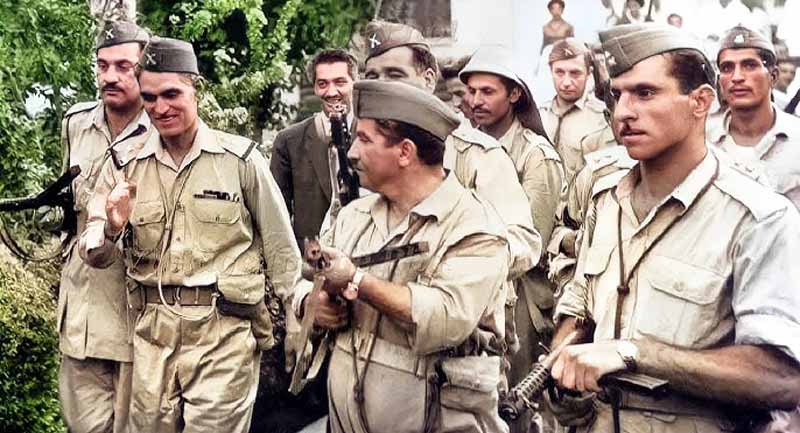
An adage declares, “What begins with blood ends in blood.” The fates of the coup’s leaders illustrate this grim truth.
Brigadier General Abd al-Karim Qasim, the coup’s orchestrator and Iraq’s first president, quickly found himself at odds with his comrades. In February 1963, they staged a military coup, arrested, and executed him by firing squad, with chilling images of his corpse broadcasted on television (available on YouTube). His comrade and coup partner, Colonel Abd al-Salam Arif, also had a brief tenure as President before perishing in a plane crash in 1966 near Basra. His brother, Abd al-Rahman Arif, succeeded him but was soon overthrown by the Baathists on the morning of July 17, 1968. The Baathist regime then ruled Iraq until 2003, ending with the occupation of Baghdad.
Reassessing Monarchy: A Nostalgic Viewpoint?
In modern times, a significant portion of Arab populations, once governed by monarchies, look back on those eras with nostalgia, often reminiscing about a perceived age of prosperity and stability. However, this perspective may not be entirely accurate or, at the very least, is subject to debate.
Firstly, drawing a fair comparison between the past and the present requires considering several key factors, including population growth, global political shifts, and prevailing ideologies. For instance, discussing the 1950s invokes images of nationalists and communists, movements that wield little influence today, overshadowed by religious groups that, back then, had minimal impact.
Secondly, monarchies, like any governing system, had their flaws. Were the royal epochs devoid of issues such as unrest, uprisings, and public dissatisfaction? Certainly not. Revolutions arise from cumulative grievances reaching a boiling point. The royal times were not immune to corruption, favoritism, bureaucracy, widespread poverty, and feudalism, particularly in rural areas and cities distant from the capital. Furthermore, foreign influence and interference in domestic affairs were notable factors.
Is the present inherently better than the past? Perhaps not. Our nostalgia for bygone eras often springs from the bleakness and distress characterizing our current times. This fondness for the past is particularly poignant considering that most of us never experienced those times, remain unaware of their challenges, and are unfamiliar with the dominant ideologies and issues of the era. In contrast, we are intimately acquainted with the present, as we are its offspring, yet we find ourselves weary and disillusioned with it. In our search for hope, we often escape into the realm of the past, idealizing it as a problem-free world—a wonderful, albeit illusory, refuge.
From my perspective, while change might have been necessary in its time, the calamity lay in the hands of those driving it. They lacked the requisite qualifications and were ill-prepared for the responsibilities bestowed upon them. Predominantly military personnel, they were versed in the language of force, confrontation, and unilateral command, with little room for discourse or negotiation. Politics, however, is an art of cunning and compromise.
Regrettably, these leaders focused more on empty heroics than on development and construction, particularly on cultivating human potential. What was needed was an ethos of freedom, tolerance, acceptance, and a passion for science, literature, innovation, and creativity. Building bridges with diverse cultures should have been a priority. Instead, they pursued a path antithetical to these ideals, stifling political diversity and reducing every citizen to a mere cog in the state machine, valued solely for their loyalty to the regime rather than their education, knowledge, or cultural contributions.
The period following the coup was marred by misguided policies, leading to economic stagnation due to a combination of internal and external factors. This weakened economy struggled to keep pace with the burgeoning population, giving rise to numerous social challenges. For instance, the abolition of feudalism and subsequent land distribution to peasants initially seemed a progressive move. However, many of these peasants abandoned their lands, as agriculture proved economically unviable and government support for rural areas was lacking. Instead, they migrated to urban centers in search of better opportunities and services. Unfortunately, this mass migration inadvertently led to the spread of rural culture and values within the cities, overshadowing urban culture and civilization.
Another example of poor policy decisions was the nationalization of factories and economic establishments. This action not only raised questions about the ethical implications of confiscating private property based solely on class or group affiliation, regardless of political involvement, but also resulted in the exodus of capital and investors. Moreover, the industrial sector suffered as those appointed to manage these nationalized entities often lacked expertise in industry and commerce. Many were merely associates or relatives of the coup’s orchestrators, operating as salaried employees rather than invested owners. The genuine concern and commitment that comes from an owner’s personal stake in their business were conspicuously absent, contributing to the deterioration of the industry.
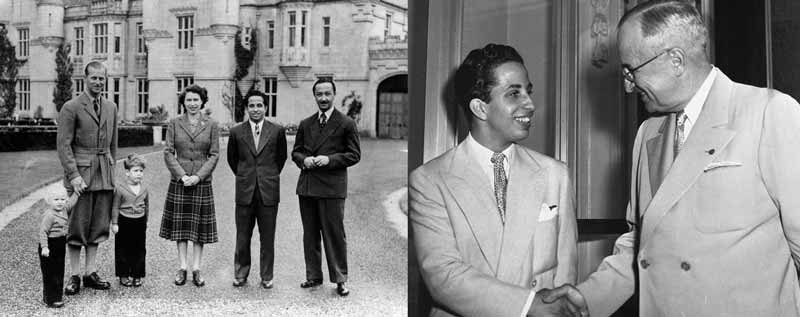
Would it have been better had the monarchy endured? Personally, I believe that despite its flaws and numerous challenges, monarchy in Iraq was a superior system compared to the regimes that came after it, which were generally dictatorial and totalitarian regimes that could not be reformed at all. Monarchies offered a more flexible approach to internal issues through government changes. They were generally more respected internationally and politically adept compared to the regimes that followed. Governed by parliamentary systems, they allowed for some degree of freedom of opinion and personal liberties, albeit limited.
While some might argue that democracy, not monarchy, is the ideal solution, it’s essential to recognize that constitutional monarchies can indeed encompass democratic elements and elected governments. Moreover, democracy and the freedom to elect should ideally be bestowed upon populations with a sufficient level of education, enabling them to make informed choices beyond emotional appeals and hollow rhetoric.
In conclusion, I reiterate that these views are my personal opinions and not definitive truths.
 kabbos
kabbos
